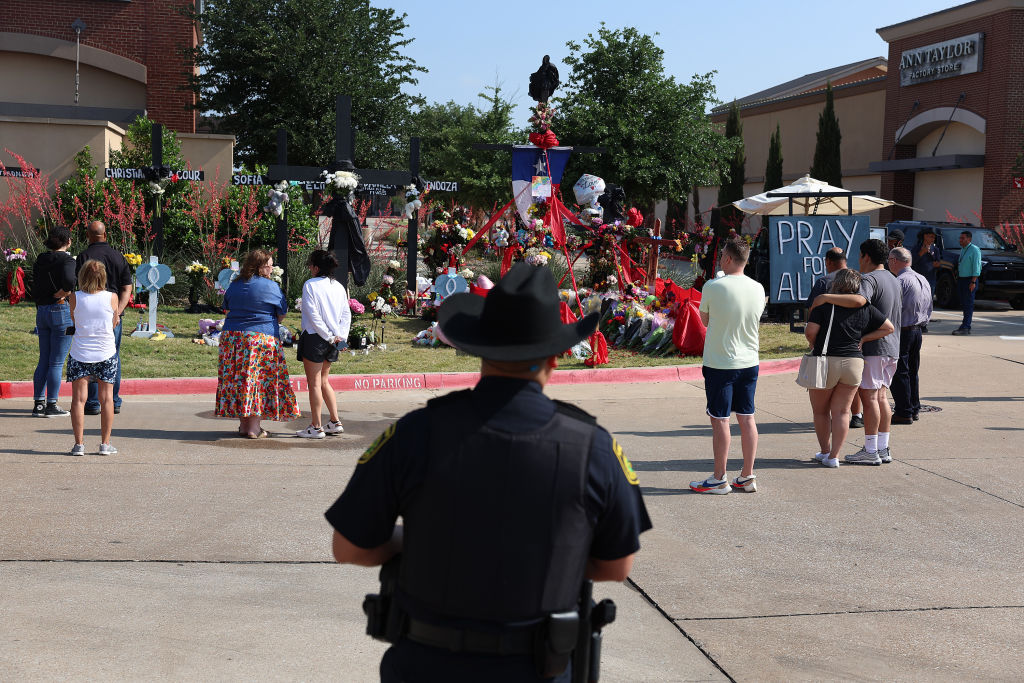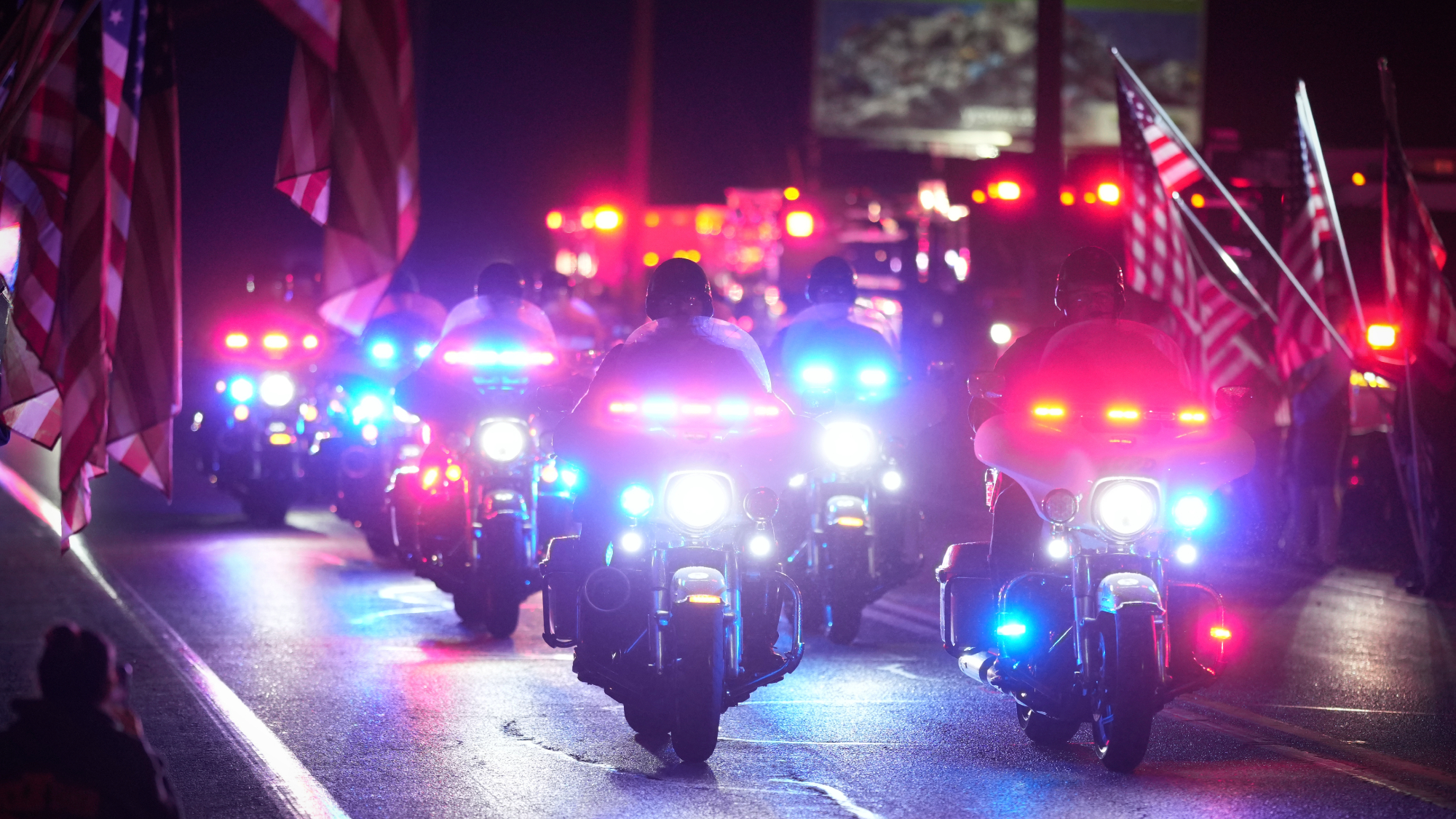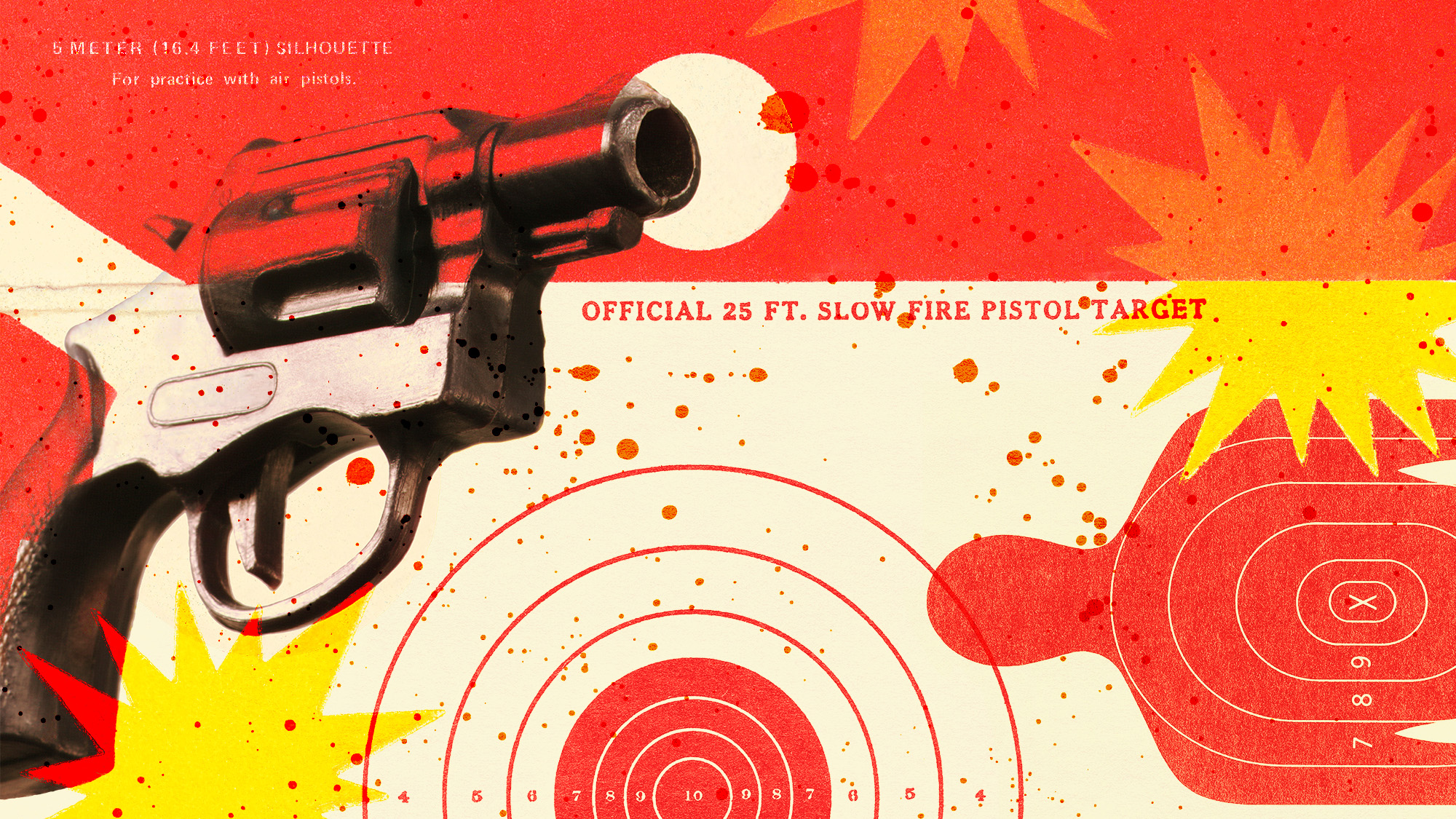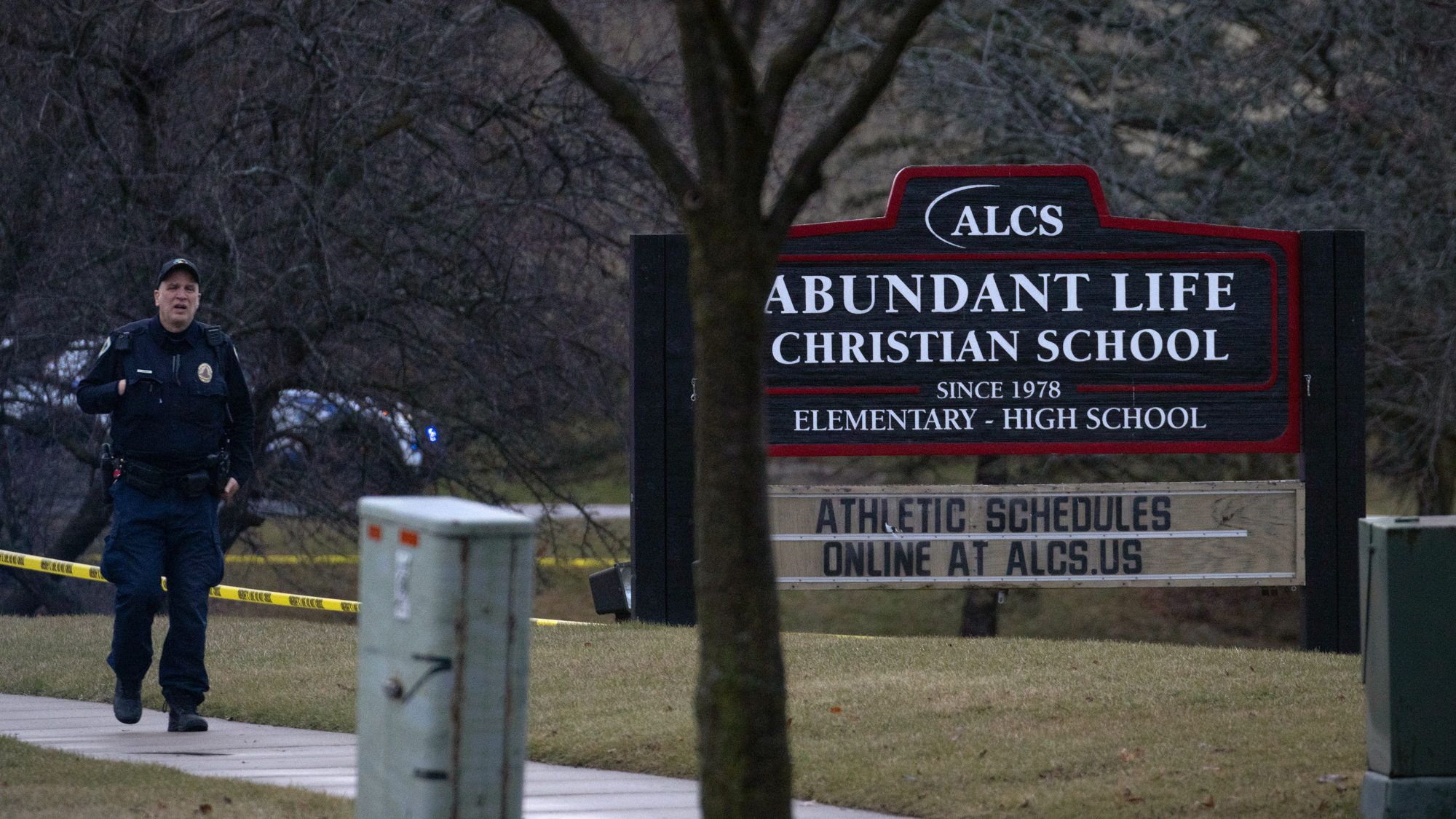The photos we don't see
What if images of mass shooting victims were published?


When former police officer Stephen Spainhouer rushed to the scene of a mass shooting at an Allen, Texas, outlet mall last week, he came upon a battlefield. Bloody, torn bodies were scattered on the ground next to the dead killer and his assault rifle. A little girl seemed to be hiding next to a bush, but when Spainhouer turned her over, "she had no face." He tried performing CPR on other victims, but "the injuries were so severe there was nothing I could do." Hours later, cellphone images of the disfigured dead began circulating on Twitter. No mainstream publication, including this one, would publish such photos, for many reasons: the need for family consent; preserving the dignity of the dead; the sensibilities of readers. But by not showing what mass shooters do to human beings, do we make it easier to be numbed to the slaughter? If Americans were repeatedly exposed to images of children with their faces blown off, would they still accept that "nothing can be done?"
Images have great power; they can reach into hearts and minds in a way words often do not. When Emmett Till's mother allowed publication of photos of her late son's mutilated face in 1955, the revulsion galvanized the civil rights movement. Other photos have also marked turning points in history: the 1972 image of a naked, 9-year-old Vietnamese girl burned by U.S. napalm; the 2004 photos of Iraqis humiliated and tortured by U.S. soldiers at the Abu Ghraib prison; the video of a police officer with his knee on the neck of a pleading, dying George Floyd. What if we'd seen what an assault rifle did to the 20 first-graders and six adults in Newtown? (Some of their bodies had to be identified by DNA.) Or the 19 kids and two teachers methodically executed in Uvalde? Or the 26 churchgoers massacred in the pews at Sutherland Springs? Would their gruesome deaths still be written off as the regrettable but necessary price of "freedom"?
This is the editor's letter in the current issue of The Week magazine.
The Week
Escape your echo chamber. Get the facts behind the news, plus analysis from multiple perspectives.

Sign up for The Week's Free Newsletters
From our morning news briefing to a weekly Good News Newsletter, get the best of The Week delivered directly to your inbox.
From our morning news briefing to a weekly Good News Newsletter, get the best of The Week delivered directly to your inbox.
A free daily email with the biggest news stories of the day – and the best features from TheWeek.com
William Falk is editor-in-chief of The Week, and has held that role since the magazine's first issue in 2001. He has previously been a reporter, columnist, and editor at the Gannett Westchester Newspapers and at Newsday, where he was part of two reporting teams that won Pulitzer Prizes.
-
 Political cartoons for January 17
Political cartoons for January 17Cartoons Saturday’s political cartoons include hard hats, compliance, and more
-
 Ultimate pasta alla Norma
Ultimate pasta alla NormaThe Week Recommends White miso and eggplant enrich the flavour of this classic pasta dish
-
 Death in Minneapolis: a shooting dividing the US
Death in Minneapolis: a shooting dividing the USIn the Spotlight Federal response to Renee Good’s shooting suggest priority is ‘vilifying Trump’s perceived enemies rather than informing the public’
-
 3 officers killed in Pennsylvania shooting
3 officers killed in Pennsylvania shootingSpeed Read Police did not share the identities of the officers or the slain suspect, nor the motive or the focus of the still-active investigation
-
 Trump lambasts crime, but his administration is cutting gun violence prevention
Trump lambasts crime, but his administration is cutting gun violence preventionThe Explainer The DOJ has canceled at least $500 million in public safety grants
-
 Aimee Betro: the Wisconsin woman who came to Birmingham to kill
Aimee Betro: the Wisconsin woman who came to Birmingham to killIn the Spotlight US hitwoman wore a niqab in online lover's revenge plot
-
 Teenage girl kills 2 in Wisconsin school shooting
Teenage girl kills 2 in Wisconsin school shootingSpeed Read 15-year-old Natalie Rupnow fatally shot a teacher and student at Abundant Life Christian School
-
 Father of alleged Georgia school shooter arrested
Father of alleged Georgia school shooter arrestedSpeed Read The 14-year-old's father was arrested in connection with the deaths of two teachers and two students
-
 Unlicensed dealers and black market guns
Unlicensed dealers and black market gunsSpeed Read 68,000 illegally trafficked guns were sold in a five year period, said ATF
-
 Michigan shooter's dad guilty of manslaughter
Michigan shooter's dad guilty of manslaughterspeed read James Crumbley failed to prevent his son from killing four students at Oxford High School in 2021
-
 Shooting at Chiefs victory rally kills 1, injures 21
Shooting at Chiefs victory rally kills 1, injures 21Speed Read Gunfire broke out at the Kansas City Chiefs' Super Bowl victory parade in Missouri
